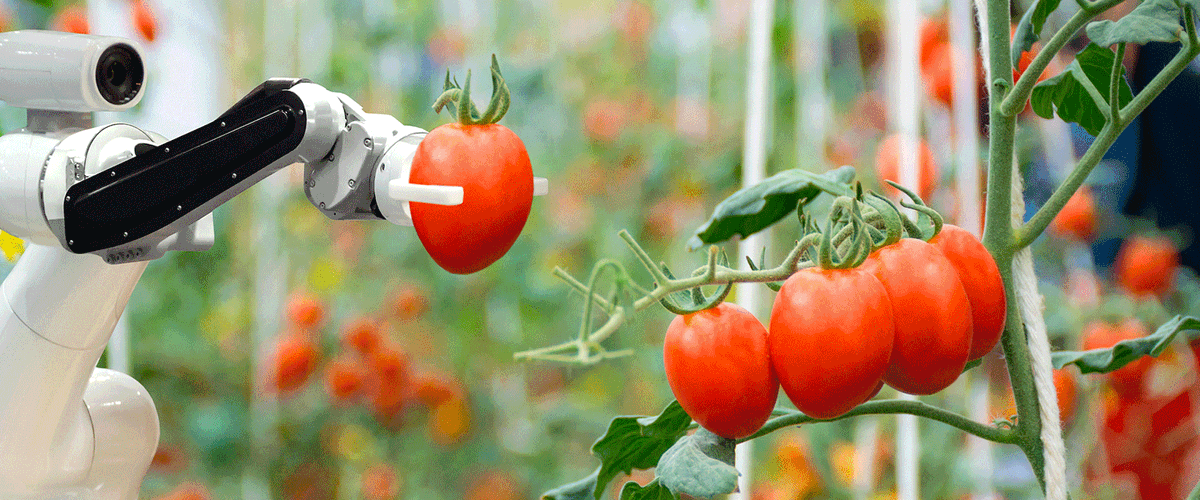Robotics & Multi-Agent Systems
Robotics and Multi-Agent Systems involves the concepting, building, and
implementation of robots, as well as the collaborative programming of multiple robots, to perform certain tasks.
Paschalidis Hosts Symposium on Control and Network Systems
in NEWS by Liz Sheeley The 2nd Symposium on the COntrol of NEtwork Systems (SCONES) will be held on Monday, October 16 and Tuesday, October 17, 2017, at the Boston University Photonics Center. SCONES is being hosted by Professor Ioannis Paschalidis (ECE, BME, SE), the Editor-in-Chief of the IEEE Transactions on Control of Network Systems (TCNS), a publication sponsored by the IEEE Control Systems […]
Control of Micro Aerial Vehicles under Aerodynamic and Physical Contact Interactions
The goal of this project is to make quadrotors and other similar small-scale flying rotorcraft safer and easier to fly. Both recreational and commercial use of these vehicles has recently surged in popularity. However, safety concerns about potentially damaging collisions limit their deployment near people or in close formation, and the current state of the […]
NRI: INT: COLLAB: Robust, Scalable, Distributed Semantic Mapping for Search-and-Rescue and Manufacturing Co-Robots
The goal of this project is to enable multiple co-robots to map and understand the environment they are in to efficiently collaborate among themselves and with human operators in education, medical assistance, agriculture, and manufacturing applications. The first distinctive characteristic of this project is that the environment will be modeled semantically, that is, it will […]
S&AS: INT: COLLAB: Autonomy as a Service
How can one deploy teams of autonomous robots over long periods of time in such a way that they can be recruited and tasked by operators to perform a wide variety of tasks? Examples of such tasks include the environmental monitoring tasks encountered in biological conservation applications or in precision agriculture. This project will address […]
Achieving Consensus Among Autonomous Dynamic Agents using Control Laws that Maintain Performance as Network Size Increases
Recent advances in automation and robotics have created a pressing need for new “protocols,” that is, for algorithms or control laws that allow teams of multiple autonomous agents to cooperate and accomplish complex tasks. Unfortunately, many of the best protocols for multi-agent coordination problems suffer from scalability issues, that is, while they perform well when […]
CPS: Breakthrough: Collaborative Research: A Framework for Extensibility-Driven Design of Cyber-Physical Systems
A longstanding problem in the design of cyber-physical systems is the inability and ineffectiveness in coping with software and hardware evolutions over the lifetime of a design or across multiple versions in the same product family. The objective of this project is to develop a systematic framework for designing extensible cyber-physical systems that can enable […]
Detection and Tracking of Multiple Dynamic Targets with Cooperating Networked Agents
In the multi-agent framework, a team of autonomous agents cooperates in carrying out complex tasks in an environment that is potentially dynamic, hazardous, and even adversarial. In general, the team must seek out and then monitor targets that may also be moving while balancing the monitoring task with continued exploration. This setting, broadly termed persistent […]
CPS: FRONTIER: COLLABORATIVE RESEARCH: BIOCPS FOR ENGINEERING LIVING CELLS
Recent developments in nanotechnology and synthetic biology have enabled a new direction in biological engineering: synthesis of collective behaviors and spatio-temporal patterns in multi-cellular bacterial and mammalian systems. This will have a dramatic impact in such areas as amorphous computing, nano-fabrication, and, in particular, tissue engineering, where patterns can be used to differentiate stem cells […]
IDBR: Type A: Collaborative research: High-speed AFM imaging of dynamics on biopolymers through non-raster scanning
This award by the Instrument Development for Biological Research (IDBR) program in the Division of Biological Infrastructure (BIO Directorate) is co-funded by the Particulate and Multiphase Processes (PMP) program in the Division of Chemical, Bioengineering, Environmental, and Transport Systems (CBET, Engineering Directorate). Non Technical Abstract The primary aim of this project is to create a […]
Dances with Robots
Teaching automatons to figure out what needs to be done As dancers, this couple is no Fred Astaire and Ginger Rogers. The leader’s moves are clunky, his partner’s so tentative that she’s constantly behind a beat. But be kind: they’re beginners at salsa, and they’re bedeviled by something Fred and Ginger never faced. They’re robots. Watch […]
